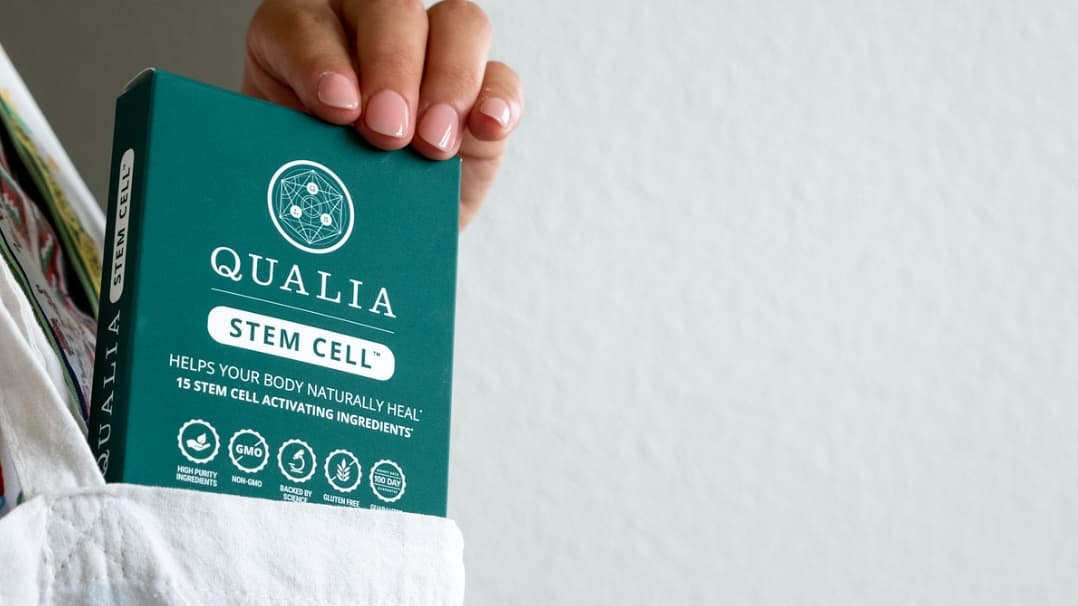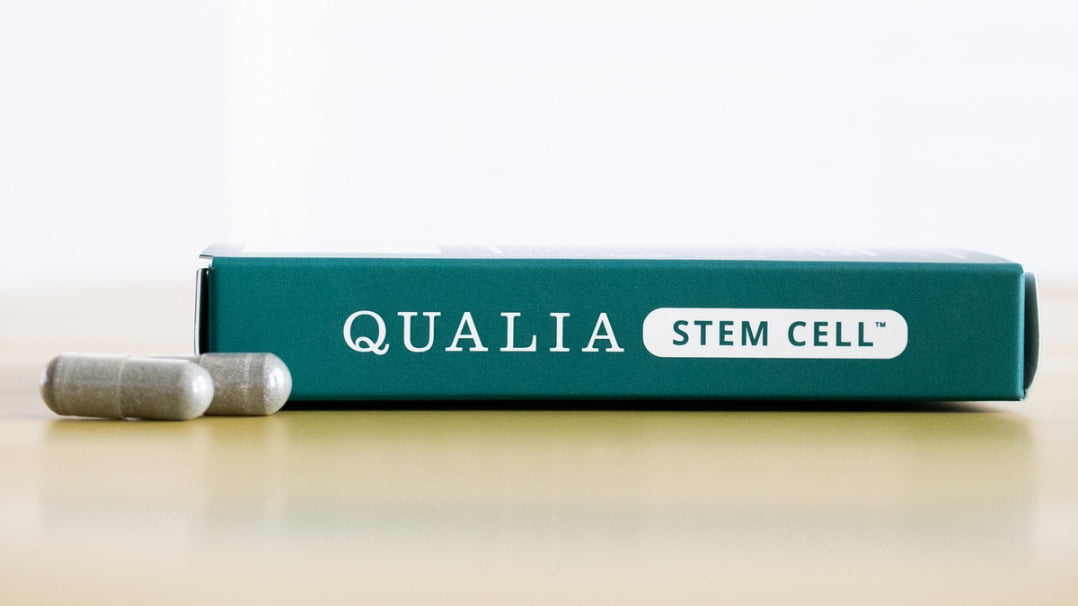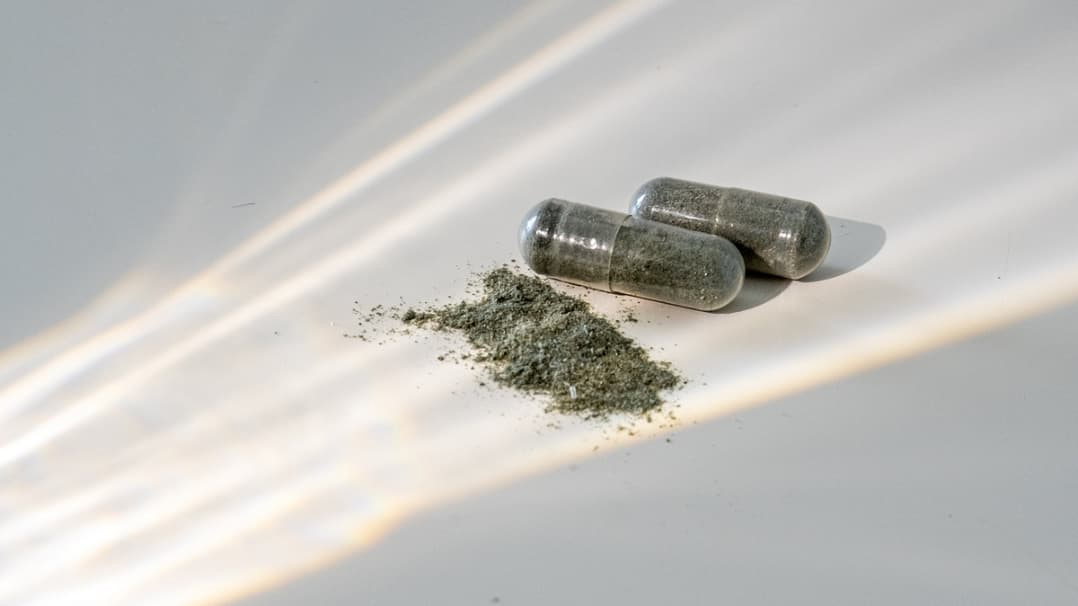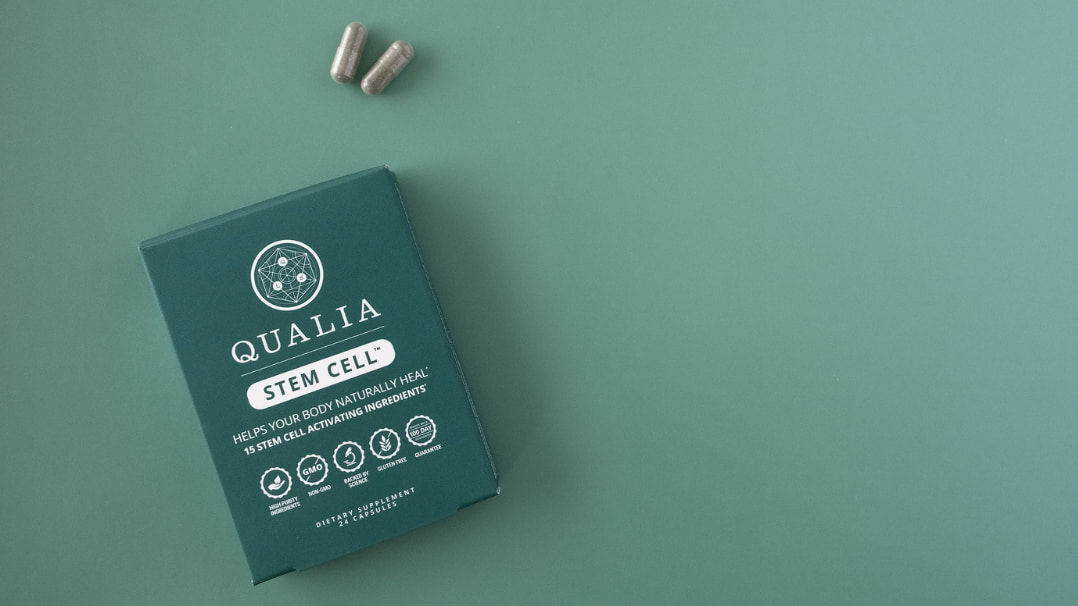Alpha-glycerophosphocholine (Alpha-GPC)

Alpha-glycerophosphocholine (alpha-GPC) is a choline-containing phospholipid that can be used to augment the body and brain choline pool. In this role it serves as a precursor for both acetylcholine and phosphatidylcholine biosynthesis. Alpha-GPC and citicoline (i.e., CDP-choline) are considered the nootropic forms of choline, with both forms able to increase brain choline levels, act as building blocks for acetylcholine, and support choline-dependent neurotransmission [1–4]. However, of the two, alpha-GPC contains a higher proportion of choline, so a lower dose of alpha-GPC gives greater choline support than a similar dose of citicoline [5–7]. This means that by weight alpha-GPC is the more efficient choline precursor. Following an oral dose, alpha-GPC metabolizes into choline and the phospholipid glycerophosphate. The choline can be used for acetylcholine synthesis and neurotransmission [3,8–14]. Acetylcholine is central to brain neurotransmission; it’s also used in both the fight or flight and rest and relax parts of the autonomic nervous system; and it is a signaling molecule for activating muscles. Because alpha-GPC is a precursor in the biosynthesis of acetylcholine, it plays a supportive role in a variety of cognitive functions, including attention, concentration, mental focus, and memory formation and recall [15]. Alpha-GPC also supports aspects of muscle performance, and is involved in maintaining organs and tissues. And, because alpha-GPC can be readily metabolized into phosphatidylcholine, it can be used to support the structure and function of cell membranes. Alpha-GPC is found in low amounts in a variety of foods [16] and in breast milk [17,18].*
TOP BENEFITS OF ALPHA-GPC
Supports cognitive function*
Supports exercise performance*
QUALIA’S ALPHA-GPC SOURCING
Alpha-glycerophosphocholine (Alpha-GPC) is a source of choline; it is able to influence both systemic and brain concentrations of choline.
Alpha-GPC is derived from soy.
Qualia uses an Alpha-GPC that is sourced to be non-GMO, gluten-free, and vegan.
ALPHA-GPC FORMULATING PRINCIPLES AND RATIONALE
Alpha-glycerophosphocholine (Alpha-GPC) is by weight one of the best sources of choline. While alpha-GPC is often treated as if it’s dose-dependent (i.e., a higher dose is better) and doses of 1200 mg/day have been used in some clinical studies, Qualia believes the evidence suggests a threshold response (see Qualia Dosing Principles) when alpha-GPC is given to healthy people. This means that more might not be better under all circumstances. As an example, in a study of healthy college-aged men, while the higher dose (500 mg/day) of alpha-GPC did a better job increasing free choline levels, the lower dose (250 mg/day) produced a better peak muscle force response [19]. The amount of alpha-GPC used in a Qualia product will depend on whether it is used alone or with another choline-containing ingredient. When it is combined with another source of choline, we consider the two of them together when deciding the amounts of each to include—it is the total choline support, not the amount of each individual source that guides our formulation decision.*
ALPHA-GPC KEY MECHANISMS
Augments choline pool*
Alpha-GPC is part of the CDP-choline (or Kennedy) pathway, which has a central role in choline homeostasis* [13,14]
Supports plasma choline levels* [20]
Precursor for phosphatidylcholine synthesis* [3]
Precursor for acetylcholine synthesis* [2,3]
Supports brain function*
Supports cognitive function* [2,3,7,15,21–23]
Supports acetylcholine signaling* [2,3,24–26]
Supports dopamine signaling* [1,27]
Supports serotonin signaling* [27]
Supports GABA signaling* [28]
Supports phospholipid synthesis* [9,29]
Supports growth hormone secretion from the pituitary gland* [10,20,30]
Counters some age-related brain microstructural changes* [31–34]
Supports neuroprotective functions* [2,3]
Promotes exercise performance*
Supports isometric force production* [35]
Supports maximum power and velocity in jump movements* [19]
*These statements have not been evaluated by the Food and Drug Administration. This product is not intended to diagnose, treat, cure, or prevent any disease.
REFERENCES
[1]M. Trabucchi, S. Govoni, F. Battaini, Farmaco Sci. 41 (1986) 325–334.
[2]C.M. Lopez, S. Govoni, F. Battaini, S. Bergamaschi, A. Longoni, C. Giaroni, M. Trabucchi, Pharmacol. Biochem. Behav. 39 (1991) 835–840.
[3]S. Sigala, A. Imperato, P. Rizzonelli, P. Casolini, C. Missale, P. Spano, Eur. J. Pharmacol. 211 (1992) 351–358.
[4]N. Canal, Others, Le Basi Raz Ter 23 (1993) 102.
[5]R. Di Perri, G. Coppola, L.A. Ambrosio, A. Grasso, F.M. Puca, M. Rizzo, J. Int. Med. Res. 19 (1991) 330–341.
[6]G. Gatti, N. Barzaghi, G. Acuto, G. Abbiati, T. Fossati, E. Perucca, Int. J. Clin. Pharmacol. Ther. Toxicol. 30 (1992) 331–335.
[7]L. Parnetti, F. Mignini, D. Tomassoni, E. Traini, F. Amenta, J. Neurol. Sci. 257 (2007) 264–269.
[8]I.H. Ulus, R.J. Wurtman, C. Mauron, J.K. Blusztajn, Brain Res. 484 (1989) 217–227.
[9]G. Abbiati, T. Fossati, G. Lachmann, M. Bergamaschi, C. Castiglioni, Eur. J. Drug Metab. Pharmacokinet. 18 (1993) 173–180.
[10]G.P. Ceda, G.P. Marzani, V. Tontodonati, E. Piovani, A. Banchini, M.T. Baffoni, G. Valenti, A.R. Hoffman, in: Growth Hormone II, Springer New York, 1994, pp. 328–337.
[11]J.P. Fernández-Murray, C.R. McMaster, J. Biol. Chem. 280 (2005) 38290–38296.
[12]F. Amenta, S.K. Tayebati, D. Vitali, M.A. Di Tullio, Mech. Ageing Dev. 127 (2006) 173–179.
[13]Z. Li, D.E. Vance, J. Lipid Res. 49 (2008) 1187–1194.
[14]F. Gibellini, T.K. Smith, IUBMB Life 62 (2010) 414–428.
[15]N. Canal, M. Franceschi, M. Alberoni, C. Castiglioni, P. De Moliner, A. Longoni, Int. J. Clin. Pharmacol. Ther. Toxicol. 29 (1991) 103–107.
[16]S.H. Zeisel, M.-H. Mar, J.C. Howe, J.M. Holden, The Journal of Nutrition 133 (2003) 1302–1307.
[17]M.Q. Holmes-McNary, W.L. Cheng, M.H. Mar, S. Fussell, S.H. Zeisel, Am. J. Clin. Nutr. 64 (1996) 572–576.
[18]Y.O. Ilcol, R. Ozbek, E. Hamurtekin, I.H. Ulus, J. Nutr. Biochem. 16 (2005) 489–499.
[19]L. Marcus, J. Soileau, L.W. Judge, D. Bellar, J. Int. Soc. Sports Nutr. 14 (2017) 39.
[20]T. Kawamura, T. Okubo, K. Sato, S. Fujita, K. Goto, T. Hamaoka, M. Iemitsu, Nutrition 28 (2012) 1122–1126.
[21]F. Amenta, A. Carotenuto, A.M. Fasanaro, R. Rea, E. Traini, J. Neurol. Sci. 322 (2012) 96–101.
[22]L. Parnetti, F. Amenta, V. Gallai, Mech. Ageing Dev. 122 (2001) 2041–2055.
[23]G. Schettini, C. Ventra, T. Florio, M. Grimaldi, O. Meucci, A. Scorziello, A. Postiglione, A. Marino, Pharmacol. Biochem. Behav. 43 (1992) 139–151.
[24]S.K. Tayebati, D. Tomassoni, A. Di Stefano, P. Sozio, L.S. Cerasa, F. Amenta, J. Neurol. Sci. 302 (2011) 49–57.
[25]D. Tomassoni, A. Catalani, C. Cinque, M.A. Di Tullio, S.K. Tayebati, A. Cadoni, I.E. Nwankwo, E. Traini, F. Amenta, Curr. Alzheimer Res. 9 (2012) 120–127.
[26]F. Amenta, F. Franch, A. Ricci, J.A. Vega, Ann. N. Y. Acad. Sci. 695 (1993) 311–313.
[27]S.K. Tayebati, D. Tomassoni, I.E. Nwankwo, A. Di Stefano, P. Sozio, L.S. Cerasa, F. Amenta, CNS & Neurological Disorders - Drug Targets 12 (2013) 94–103.
[28]L. Ferraro, S. Tanganelli, L. Marani, C. Bianchi, L. Beani, A. Siniscalchi, Neurochem. Res. 21 (1996) 547–552.
[29]G. Aleppo, F. Nicoletti, M.A. Sortino, G. Casabona, U. Scapagnini, P.L. Canonico, Pharmacol. Toxicol. 74 (1994) 95–100.
[30]G.P. Ceda, G. Ceresini, L. Denti, G. Marzani, E. Piovani, A. Banchini, E. Tarditi, G. Valenti, Horm. Metab. Res. 24 (1992) 119–121.
[31]F. Amenta, M. Del Valle, J.A. Vega, D. Zaccheo, Mech. Ageing Dev. 61 (1991) 173–186.
[32]A. Ricci, E. Bronzetti, J.A. Vega, F. Amenta, Mech. Ageing Dev. 66 (1992) 81–91.
[33]F. Amenta, F. Ferrante, J.A. Vega, D. Zaccheo, Prog. Neuropsychopharmacol. Biol. Psychiatry 18 (1994) 915–924.
[34]G. Muccioli, G.M. Raso, C. Ghé, R. Di Carlo, Prog. Neuropsychopharmacol. Biol. Psychiatry 20 (1996) 323–339.
[35]D. Bellar, N.R. LeBlanc, B. Campbell, J. Int. Soc. Sports Nutr. 12 (2015) 42.





